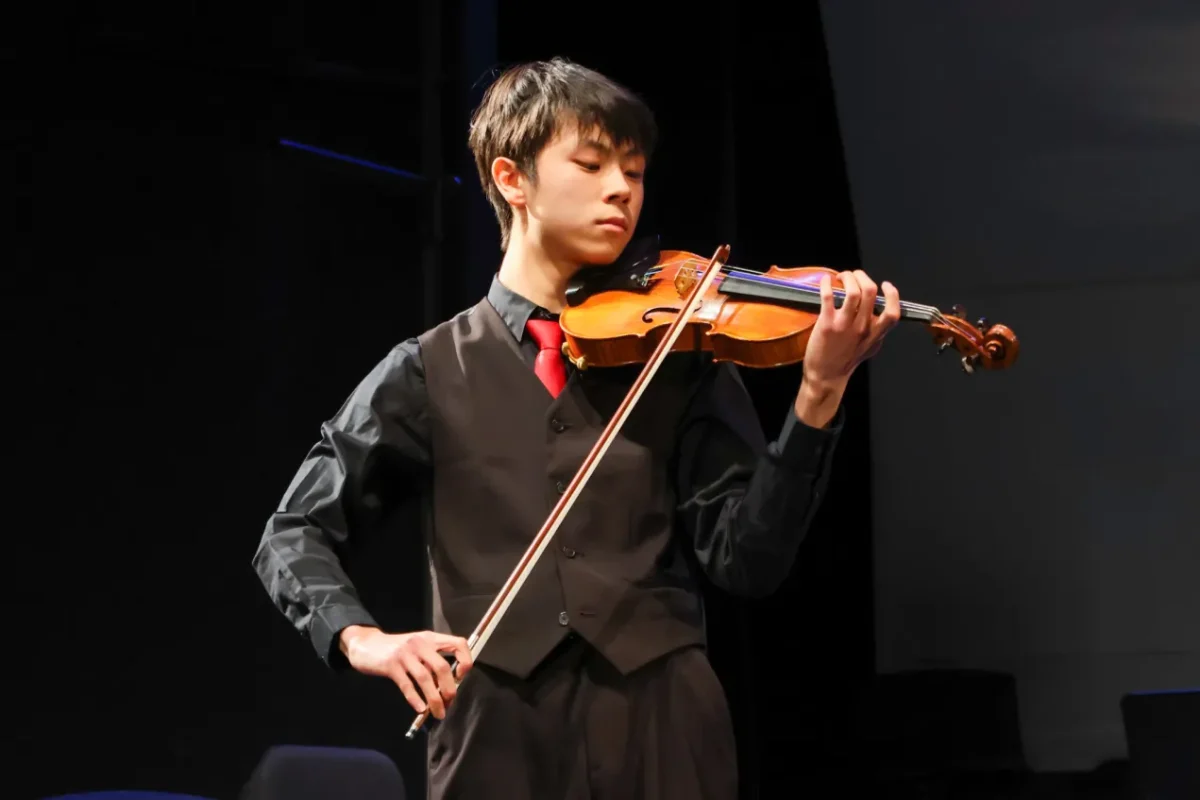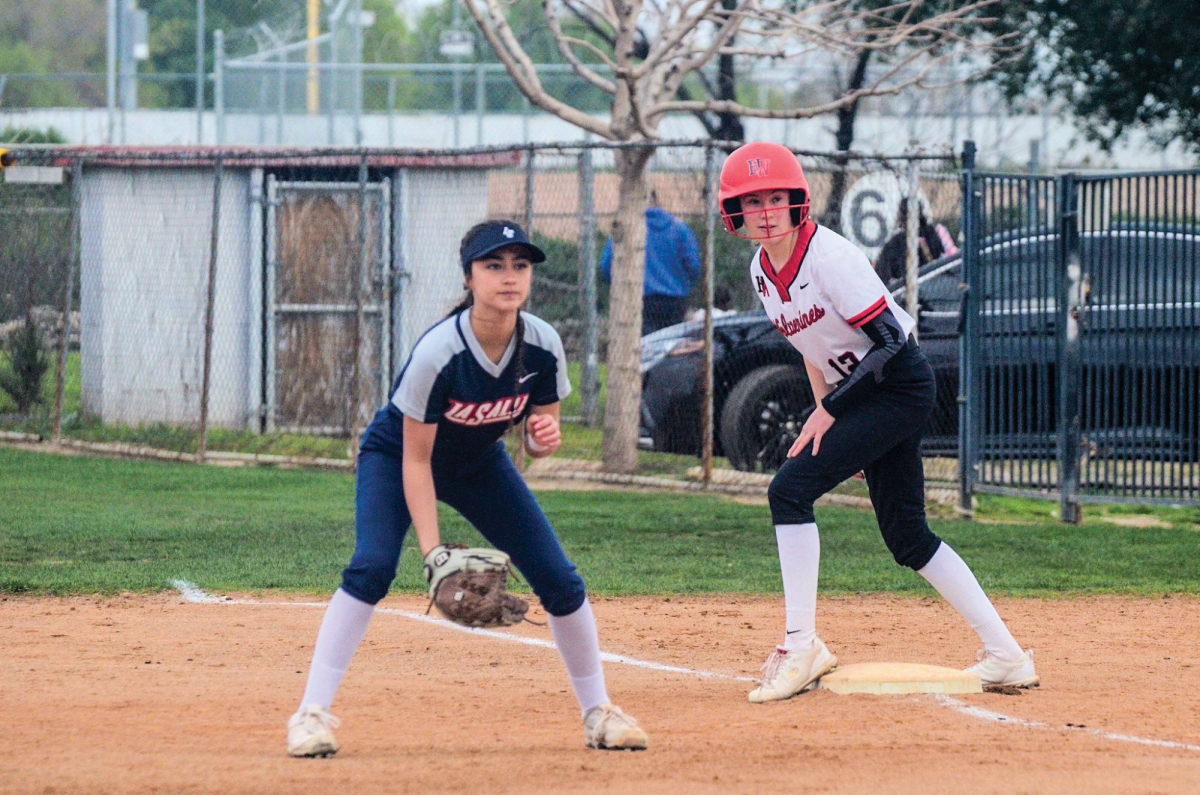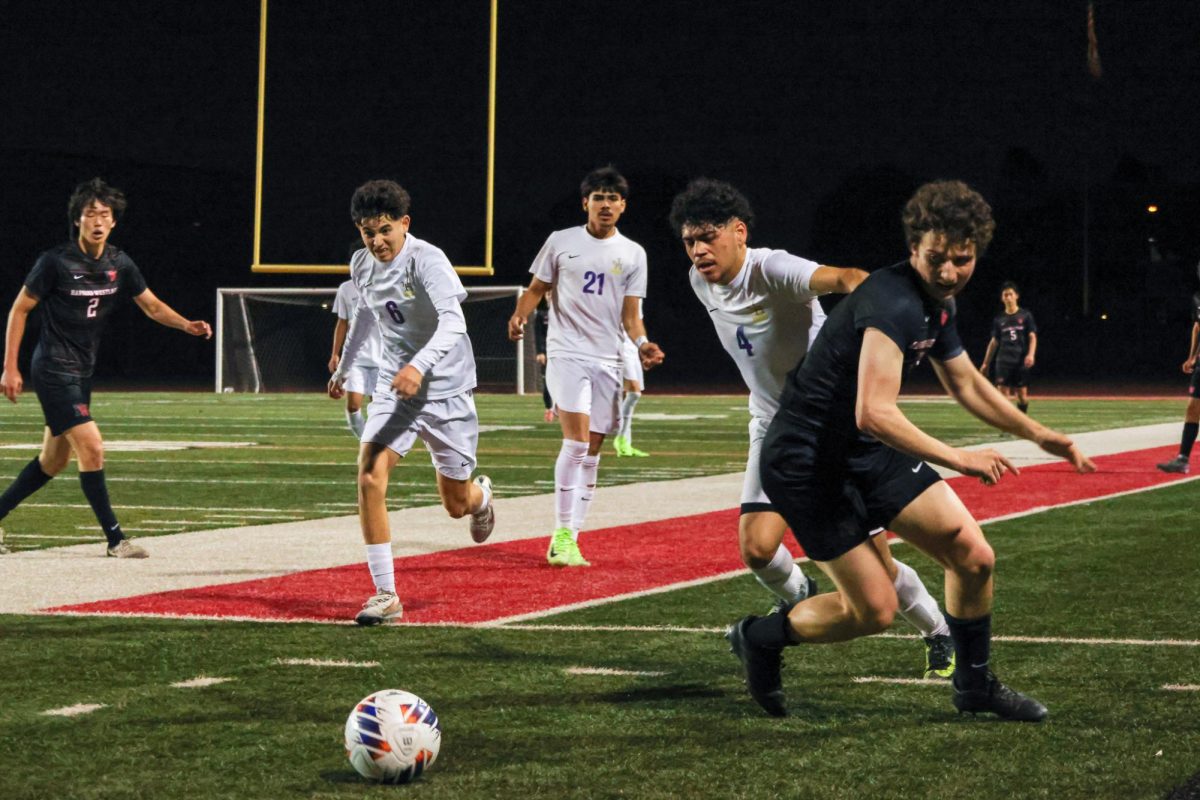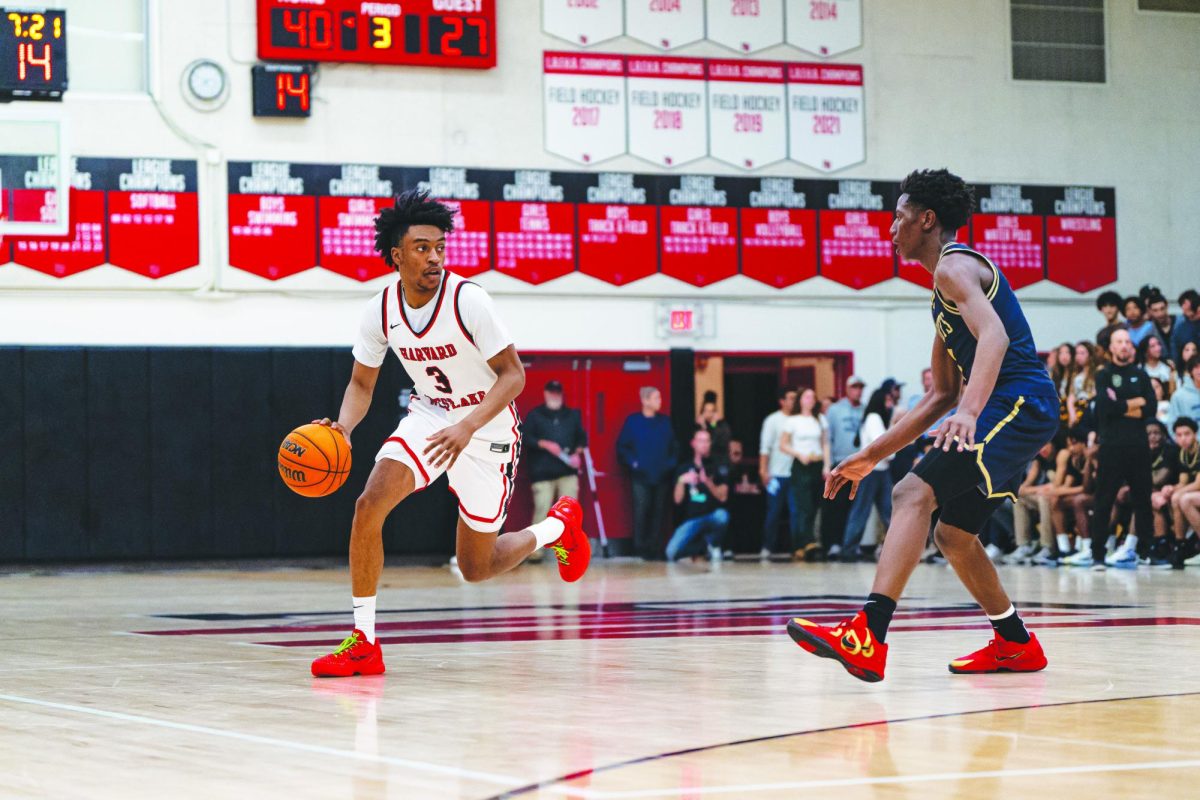A high school physical education (PE) class is one of the pillars of a teen movie. From “Clueless” to “Juno” to “Spider-Man: Homecoming,” Athletics are presented as a key part of the high school experience — a time to step away from the stress of classes and school drama and focus on exercising (and debriefing) with your friends. Cher hitting a tennis ball and Peter Parker doing sit-ups certainly aren’t the highlights of each movie, but they show the importance of incorporating movement into a school day even with a million other things on your mind. At the school, where students spend long hours and considerable mental energy dedicated to classes and homework, we must have access to spaces that encourage movement.
The school should make the PE requirement more strict: for an activity to fulfill the school’s PE requirement, it should involve an element of movement. Although it is recommended that teenagers get 60 minutes of exercise each day, the CDC says only 26.1% of students reach this threshold. Physical inactivity can lead to many complications later on in life, such as an increased risk for heart disease or high blood pressure. The school should make an effort to emphasize the importance of physical activity during this crucial part of a student’s development.
PE requirements across the country were created with movement in mind — to give kids who don’t always have the time for exercise a designated time to make sure that they’re moving their bodies and taking a breath from the everyday rigor of their activities. It’s one of the key ways that high school curriculums depart from academics, other than an art requirement , and neither of these requirements are meant to be skirted around. It is a part of core curriculums across the country for a reason: it facilitates student health as well as social-emotional growth, according to the Society of Health and Physical Educators (SHAPE) America. This is crucial to a well-rounded high school experience and students should not be able to opt out of physical activity.
Stepping out of your comfort zone is a crucial part of the high school experience, and it allows students to explore new areas of interest and build camaraderie with new groups of people. By allowing more non-athletic activities to count for PE credit, the school is taking away the opportunity from students with a deep focus on academics to experience the benefits of sports.
Despite the physical and mental benefits of a PE class, there is none offered at the Upper School. The most similar offering is yoga, often chosen by students who have too many outside commitments and do not have the time to join a sports team. The trimester-long, repeatable class fulfills a part of the school’s PE requirement, it requires a comparatively small time commitment. The majority of the other sports that fulfill the PE requirement either take up hours every week or don’t facilitate physical activity at all. However, students who don’t want a large time commitment and don’t want to take yoga have a limited set of alternatives— almost none of which involve physical activity.
For example, “Sports Science: Care and Performance” is a class that has been offered for several years and fulfills the PE requirement, as does Harvard-Westlake sports broadcasting (HWTV). For the 2023-24 school year, Robotics was added to the list of non-physical activities that can be counted as a sport. With this growing list, it’s important to reflect on what should be counted as “physical” education and to be reminded of what the actual intentions of state and nationwide PE requirements are.
In addition to eliminating the sports credit associated with HWTV or Robotics, the school should take further steps to encourage consistent movement and exercise in students. There should be a wider variety of physical education options at the Upper School, starting with an actual PE class. A basic PE class can be a low-commitment means for students to explore a variety of sports, make connections and ensure that they are incorporating physical activity into their day. As it stands, many students who choose the non-physical PE options (such as HWTV) do so because they simply don’t have enough time in their day to block out for the physical activities the school currently offers. This PE class can be offered as a Directed Study, just like yoga, so that students who do not enough time to join a sports team can still incorporate some movement into their day. The school should make a larger effort to provide PE opportunities for students with a variety of other commitments, while keeping in mind the spirit of the PE requirements themselves.































